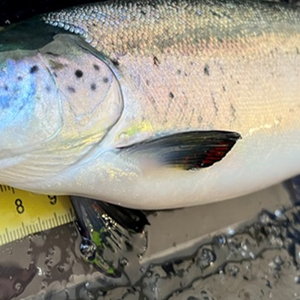Sushi and Seafood Are Safe and Healthy
On January 23, 2008 the New York Times published Marion Burros' "High levels of mercury found in tuna sushi," warning against consumption of bluefin tuna and other fish with high levels of mercury. According to Blue Water Fishermen's Association (BWFA), Ms. Burros ignored the latest research, calling into question the Food and Drug Administration (FDA) and Environmental Protection Agency (EPA) mercury health risk advisory standards.
In a press release, BWFA explains that “over the last several years it has been established that the trace element selenium, found in all marine fish, prevents and reverses adverse effects of mercury exposure. According to Nick Ralston, University of North Dakota expert on selenium/mercury interactions, the extremely high binding affinity between selenium and mercury is a fundamental feature of selenium's protective effect against mercury.
“In Proceedings of the International Symposium on Selenium-Mercury Interactions, University of California at San Diego researcher M.F. Flores- Arce wrote, "evidence of harm by the mercury in fish to humans is scant and leading nutrition experts have in fact concluded that the health benefits of seafood, if only as a nutritional source of
“The outdated FDA guidelines are largely based on a study of
“A long term study in the Seychelles Islands and a more recent and larger one in the United Kingdom have demonstrated the positive effects of increased fish consumption by expectant mothers on the neurological development of their children.
“The per capita consumption of seafood in
“A coalition of private groups and federal agencies are challenging the advice fr
“The evidence is overwhelming regarding the importance of Omega-3 fatty acids for cardiovascular health. At the Sustainable Seafood Summit in 2006 Dr. Bill Hogarth (then NOAA/NMFS Assistant Administrator) noted that, "seafood can also help fight illnesses such as cancer, inflammatory diseases and Alzheimer's. Studies have linked seafood consumption with lower heart rates, lower cholesterol, lower blood pressure and lower body weight. Eating...seafood each day can cut the risk of death fr
“Unfortunately, the FDA & EPA bureaucracies are unable to keep up with the science and their advisories reflect this. Research demonstrates that mercury content alone is inadequate to evaluate the risk of mercury toxicity. A more c
References:
Commercial fish: Eat up, despite low levels of mercury - August 26, 1998
Benefits of a seafood diet outweigh the risks - 20 January 2006










